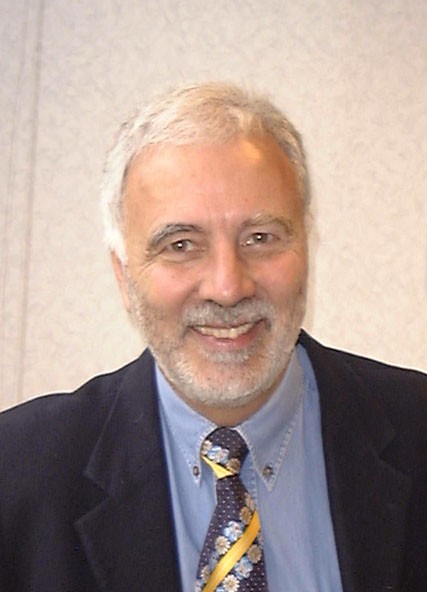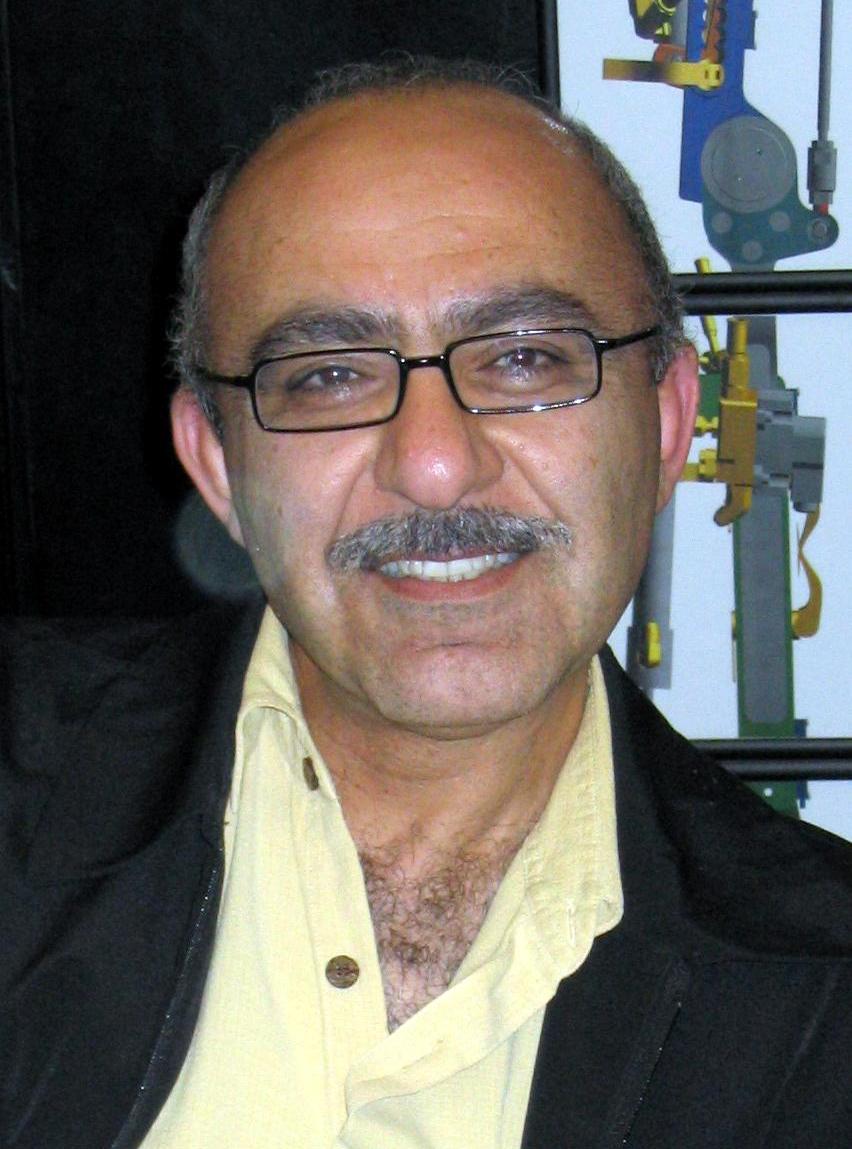

Plenary Speech
|
Berkeley Robotics and Human Engineering Laboratory at UC, Berkeley is the birthplace of the exoskeleton systems being adopted by Lockheed Martin. During the last 20 years, this laboratory has been devoted to uncovering all basic issues associated with the control, design and power of exoskeleton systems. The adoption of exoskeletons by Lockheed Martin for DOD applications is just a beginning of a much larger bionics field especially in the medical field. Patients who have difficulty walking often use wheelchairs for mobility. It is a common and well-respected opinion in the field that postponing the use of wheelchairs retards the onset of other types of secondary disabilities and diseases. The ramifications of long-term wheelchair use are secondary injuries including: hip, knee, and ankle contractures; heterotopic ossification of lower extremity joints; frequent urinary tract infection; spasticity; and reduced heart and circulatory function. The objective of our research is to develop smart, powered exoskeleton orthotic systems to be used for individuals with otherwise limited mobility. These exoskeletons are powered and allow their wearers to walk upright without the energetic drain associated with existing orthotic devices. These smart exoskeletons will replace wheelchairs and enable many individuals who cannot walk due to neurological disorders, muscular disorders or aging to walk again. Dr. Kazerooni holds a Doctorate in Mechanical Engineering from MIT and is currently a Professor in the Mechanical Engineering Department at the University of California, Berkeley. Dr. Kazerooni is the director of the Berkeley Robotics and Human Engineering Laboratory. He has published over 180 articles on Robotics, Control Sciences, Artificial Locomotion, Assist Devices and Mechatronics. He is the holder of twenty pertinent patents where most of them have been licensed. Dr. Kazerooni has served in a variety of leadership roles in the robotics community; served as associated editor of two journals: ASME Journal of Dynamics Systems and Control and IEEE Transaction on Mechatronics. Dr. Kazerooni was the recipient of the outstanding ASME Investigator Award, Discover Magazine Technological Innovation Award, and the McKnight-Land Grant Professorship. His research was recognized as the most innovative technology of the year in New York Times Magazine; December 2004. Dr. Kazerooni is also the founder and CTO of Berkeley Bionics which designs and manufactures lower extremity exoskeletons to augment human strength and endurance during locomotion. |
 |
Topic : Cybercars: the New Market for Robotics? Speaker |
|
During the last decades, mobile robots have been a classic subject for robotics researchers, covering a large number of topics ranging from image processing, SLAM (Simultaneous Localisation and Mapping), all the way to control technologies and swarm techniques. However, these techniques did not see many applications in road transport until the Prometheus Project in Europe (1986-1994) and the AHS (Automated Hignway Systems) in Japan and in the USA and for a long time it was considered by many to be impossible to implement safety critical function in large production road vehicles. However, some robotics techniques are now finally arriving in production vehicles with systems involving sensing, decision making and control of the vehicle. The first such systems concerned the “longitudinal control” of the vehicle with a radar (or lidar) sensing the distance (and sometime their lateral position) to the vehicles ahead and controlling the acceleration and braking of the “ego vehicle” to maintain a safe distance. Now vision systems can assist the driver to keep his or her vehicle on the lane (“lateral control”). So, how far are we from a fully autonomous vehicle? The DARPA challenges in 2004 and 2005 have shown us that automated vehicles are feasible in “simple” environments and in particular when we do not have to consider other moving vehicles. The following challenge from DARPA in 2008 (Urban Challenge) tried to address this problem with some promising results. However, we are still far from operating a fully autonomous vehicle in daily traffic, especially in urban environments where the scene complexity is very large. In order to operate fully autonomous vehicles in a realistic way, we therefore have to take the same approach as in the manufacturing industry when the first robots were introduced: simplify the environment. This is the approach which is being taken now with the cybercars. These vehicles are designed for a fully automated urban transport of passengers or goods and they operate on a road network for on-demand, door to door transport. At the moment, these roads are more or less protected from intrusions by people or other types of vehicles. The cybercars that have been designed and tested in the early 2000’s are now being put in operation in various cities throughout Europe (www.citymobil-project.org). Although their environment has been somewhat simplified, they must use advanced robotics technologies to avoid obstacles and plan their trajectories even when they have to cross the path of other similar vehicles (with which they communicate). One of the challenging problems is the definition of common rules so that interoperability of different vehicles on a same infrastructure is guaranteed. Michel Parent is currently the program manager at INRIA of the R&D team on advanced road transport (IMARA research group). This group focuses on research and development of information and communication technologies for road transport and in particular on fully automated vehicles (the cybercars). Before his current position which he holds since 1991, Michel Parent has spent half of his time in research and academia at such places as Stanford University and MIT in the USA and INRIA in France, and the other half in the robotics industry. He is the author of several books on robotics, vision and intelligent vehicles, and numerous publications and patents. He was the coordinator of the European Project CyberCars between 2001 and 2004 and the follow-up project CyberCars2 (2006-2009). He was involved in many other French European projects on ITS. Michel Parent has an engineering degree from the French Aeronautics School (ENSAE), a Masters degree in Operation Research and a Ph.D. in Computer Science, both from Case Western Reserve University, USA. |

 Organization
Organization